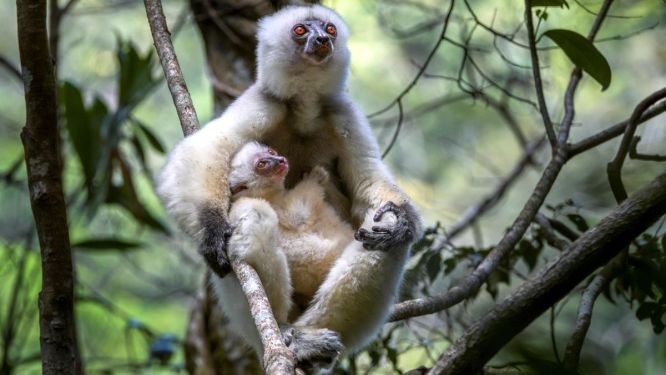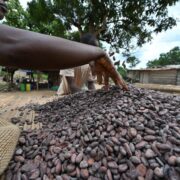
(Ecofin Agency) – Marojejy National Park, located in northeastern Madagascar, is one of the island’s most pristine and spectacular natural treasures. Nestled in the Sava region near the town of Sambava, the park spans roughly 60,000 hectares and is known for its rugged terrain, dense rainforests, and extraordinary biodiversity. Recognized as a UNESCO World Heritage site since 2007 as part of the Rainforests of the Atsinanana, Marojejy draws biologists, hikers, and nature lovers from across the globe.

This mountainous massif, rising to over 2,100 meters in elevation, shelters a stunning range of ecosystems—from lowland tropical rainforests to subalpine vegetation near the peaks. Each altitudinal zone supports distinct species, many of which are found nowhere else, a testament to Madagascar’s ecological isolation and evolutionary richness. One of the park’s most iconic inhabitants is the silky sifaka (Propithecus candidus), a critically endangered lemur with pure white fur. Endemic to this region alone, the silky sifaka has become a flagship symbol of conservation in Madagascar.

The park’s fauna also includes more than 100 bird species, with notable endemics such as Benson’s thrush and the helmet vanga. Reptiles, amphibians, and insects are equally abundant, and many remain poorly studied. Marojejy’s flora is equally impressive, with a wide variety of orchids, rare palms, and towering rainforest trees draped in moss and ferns, giving the forest a haunting, enchanted feel. Its largely untouched primary forests represent an ecosystem of immense ecological value.

Access to the park typically begins from Sambava, followed by a drive to the village of Andapa or Manantenina, and then a hike through the forest trails. The park offers several hiking circuits, ranging from a few hours to multi-day treks, with basic campsites for visitors. Though the terrain can be demanding, the reward is an immersive experience in one of the world’s last truly wild landscapes. Tourism is intentionally limited and well-regulated, ensuring a low ecological footprint and a deeply authentic encounter with nature.

Marojejy National Park plays a critical role in the conservation of Madagascar’s unique biodiversity. Managed by Madagascar National Parks in collaboration with local communities, the park supports both ecological preservation and sustainable development. Nevertheless, it faces growing threats, including illegal logging, artisanal mining, and poaching. Effective conservation hinges on raising awareness, environmental education, and strong community involvement.

To explore Marojejy is to step into a realm of ancient nature, where lemur calls echo through the misty morning air, giant tree ferns tower overhead, and every path reveals the quiet resilience of the wild. It is also a powerful reminder of the need to protect the last strongholds of life on Earth.











Comments